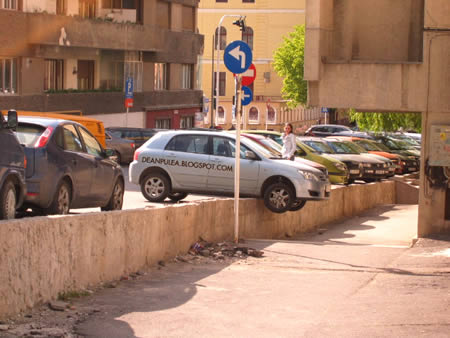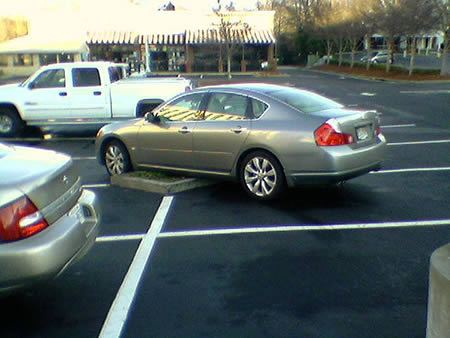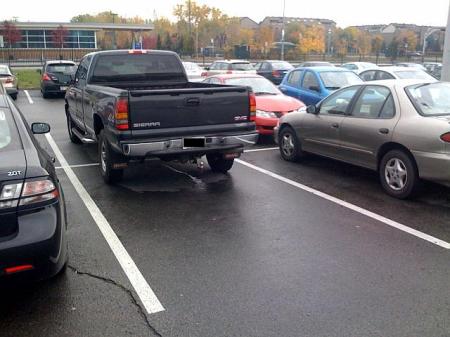PURPOSE
This chapter is
intended to teach student about the rule of the road the proper observation of
these rules. The student have accumulated knowledge of driving through
observation of family and friends, and it is important that they understand
their responsibility to effectively obey rules of the road, even the commonly
ignored ones.
Our
objective
Upon completing of this chapter, the student be able to:
·
Identify the different types of speed limits and
how they relate to the basic speed law
·
Explain what rotaries and roundabouts are
describe how to drive in single lane rotaries, multiple lane rotaries and
roundabout and how to pass in these situation
·
Define right of way and the right of the way
rules for all users of the road including vehicle, pedestrians, motorcyclists
and bicyclists
·
Provide example of how to judge time and
distance and how this relates to negotiating intersection and passing
Our
measurement method
·
Provide diagram about intersection, roundabout,
rotaries and right of way scenarios and have the student label them
appropriately depending on the road situation
·
Test student’s memory of the different types of
speed limits and related speed laws.
·
Provide a multiple-choice test about basic operating
traffic laws of Nigeria.
OUR TOPIC
OUTLINE
1.
Basic operating traffic laws of Nigeria
Understanding
the law
Getting a
driver’s license
Violations
and the point system
Certification
of title
Vehicle
registration
Insurance
Inspection
sticker
Speed limits
A.
Discuss the different types of speed limits
Fixed
speed limits
Advisory
speed limits
Day and
night speed limits
B. What
are basic speed laws
3. Negotiating intersections
A. Controlled
intersection
B. Uncontrolled
intersection
4. Railroad crossing
Safely
crossing a railroad
Determining when it is safe to cross
Staying
Alert
Do
not panic if the vehicle stalls
Winter-time railroad crossings
Road
salt and railroad crossings
5. Rotaries and roundabout
Describe the
use of rotaries
Single-lane
rotaries
Multiple lane
rotaries
Quarter-turn
Continue
straight Ahead
Three-quarter
turn
U-turn
Roundabouts
Rules for
passing, including passing on the left, passing on the right, and being passed
.
6. Determining the right of the way
A. What is
right-of-way?
B. When
should you yield the right-of-way?
C. Discuss
the right-of-way rules for:
Pedestrians
Funeral processions
Intersection not controlled by
sign or signals
Four-way stops
Turning left
Private roads, driveways and unpaved roads
Throughways
Intersection of single’ two-lane
and multiple-lane roads, and rotaries
7.
Safe driver law A. Mobile phones
B. Testing
C. Three sub chargeable events in
two years suspension
8. Emergency vehicle “move over”
law
















